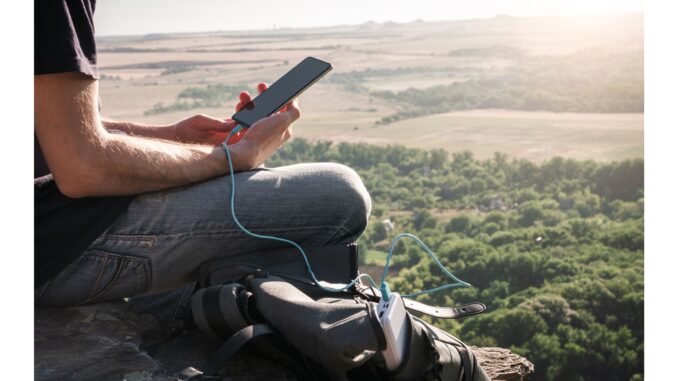
A Guide to Using Power Banks in the Wilderness can be a lifesaver when you’re off-grid.
The last thing anyone wants is their phone or GPS dying mid-hike, right?
A reliable power bank ensures that your devices stay juiced up, even miles away from the nearest outlet. But let’s face it – understanding and choosing the right one can feel like navigating through a dense forest without a compass.
No worries! Our Guide to Using Power Banks in the Wilderness will help you conquer this challenge. With our guide, not only will you learn how to choose an outdoor-friendly power bank but also master its efficient use for all your wilderness adventures.
Understanding Power Banks and Their Importance in the Wilderness
A power bank is a battery-powered device that stores electrical energy, providing an essential source of power for devices such as smartphones, tablets, or laptops when away from mains electricity. For those who love to explore wild places, it’s becoming increasingly important.
In locations with unreliable power grids, like Kampala’s frequent power cuts or peaceful rural villages where electricity may not always be available, having your own personal supply of stored energy becomes crucial. This is especially true if you rely on helpful electronic devices for navigation (like GPS) or communication.
Definition of a power bank
The term “power bank” refers to any external battery enclosed within a case that can be easily carried around. These gadgets come in different shapes and sizes, but they all serve one primary function: providing a reliable source of charge when traditional outlets are out of reach.
This process allows people to experience outdoor adventures without worrying about keeping electronics charged – whether they’re exploring wild places using trail guide apps on their phones or capturing beautiful landscapes with digital cameras.
How do power banks work?
To put it simply, a functioning power bank carefully manages the flow of electricity between its internal batteries and connected devices via USB ports. When fully charged at home using mains electricity, it stores this energy until needed.
You might ask, Why do we need these? Well, imagine being stuck deep into bike-packing remote forests while a camping trip runs longer than expected – suddenly, a smartphone dies, leaving no way to contact anyone, let alone check a map to find a route back to civilization. That’s exactly the kind of situation where a trusty little gadget comes into play.
Types Of Power Banks
Different types exist depending upon user needs, including compact models suitable for day trips, light enough to carry in pockets, and larger capacity versions that cater to longer journeys, ensuring multiple charges before depleting completely. Some even offer solar charging capabilities, ideal for extended stays outdoors under clear skies.
Decoding Milliampere-Hours (mAh) and Capacity Rating
In the realm of power banks, understanding milliampere-hours, or mAh, is a game-changer. What does this term signify? Let’s delve into it.
What is mAh?
Mah stands for milliamp hours and represents the total amount of energy that a battery can store. It’s essentially an indicator of how long your device will last after being fully charged by the power bank. A higher number means more storage capacity, hence a longer usage time before needing another recharge.
This highlights why, while comparing products based on their stated mAh values provides some guidance, it should not be taken as an absolute performance predictor without considering other factors too.
Interpreting Capacity Ratings
- A phone with a 2000mAh battery won’t necessarily last twice as long when powered by a 4000mAh power bank compared to one with only 2000mAh capacity because there are many variables at play, including efficiency losses during the charging process itself along with standby consumption rates under different usage scenarios, which could affect overall results considerably.
- Hence, always consider your own individual needs and preferences while deciding about suitable power banks rather than relying solely on listed specifications alone.
Using Power Banks Effectively
The world of power banks is more than just connecting your device and waiting for it to charge. It’s about understanding the technology behind these portable chargers, such as USB ports, the benefits of USB-C technology, and wireless charging options.
The role of USB ports in charging
In essence, Universal Serial Bus (USB) ports are a common feature on most power banks. They act as an interface between devices, smartphones, or trail guide apps that people experience outdoor adventures with and the power bank itself. Outdoor Direct takes you through this concept quite well and has a range for outdoor products on offer including quality power banks.
If we’re talking numbers here: The number of available USB slots can determine how many gadgets you can simultaneously keep juiced up while out camping or exploring wild places without reliable electricity sources.
Benefits of USB-C technology
Moving onto newer technologies – there has been a notable shift towards using USB-C technology. This advancement offers faster data transfer rates along with stronger electric currents compared to its predecessors – vital factors when keeping electronics charged during outdoor activities.
Another plus point? Reversible plug orientation means less hassle trying to correctly connect your charger to your phone under low-light conditions typical in peaceful rural villages or dense forests off-the-grid locations where one would typically use suitable power bank capacities.
Wireless Charging Options
To eliminate cables entirely from packing lists, consider investing wisely in functioning power banks offering wireless charging capabilities. Wireless chargers utilize electromagnetic fields for transferring energy between two objects – the charger, i.e., our trusted source of stored electrical energy, and any gadget compatible with this form factor.
However, remember that not all devices support wireless functionality, so always check compatibility before making purchase decisions.
Choosing a Power Bank for Wilderness Adventures
In the realm of outdoor adventures, selecting an appropriate power bank can be a game-changer. So what factors should you consider to make this crucial decision?
Size, Weight, Durability, and Weather Resistance Considerations
The size and weight of your power bank are paramount in determining its portability. A compact design that doesn’t weigh much is ideal for wilderness trips, as it won’t take up too much space or add unnecessary heft to your backpack.
Durability also plays a significant role here. Outdoor activities often involve rough handling, which means you need something sturdy enough to withstand occasional knocks without breaking down or malfunctioning prematurely.
An experienced trail guide
Apart from these physical attributes, weather resistance shouldn’t be overlooked either since unpredictable conditions are part and parcel of any outdoor adventure. Therefore, opting for water-resistant models would provide protection against unexpected rain showers or accidental splashes during river crossings.
Reputable Brands And Their Offerings
However, some have managed to distinguish themselves through consistent performance and reliability.
Introduction To Popular Brands Like Anker, Magsafe, myCharge, Blavor, etc.
Anker, for instance, has carved out its niche in the portable charging industry by providing an array of power banks with capacities that cater to different needs. Whether you’re backpacking in remote forests or simply need a backup charger for your daily commute, Anker’s diverse product line can meet your requirements.
If you’re an Apple user, though, Magsafe‘s magnetic battery pack might be more up your alley. Designed specifically for iPhone 12 and later models, this innovative solution offers efficient on-the-go charging without any fuss.
Compact Pocket-Sized Portable Stations – Pros and Cons Usage Scenarios
Pocket-sized portable stations are perfect if lightweight convenience is what you seek during outdoor adventures such as day hikes or city tours where only occasional top-ups are needed. These compact chargers easily fit into pockets or bags, making them easy companions on short trips.
However, their smaller size often translates into lower capacity compared to larger counterparts like separate 10000mAh models, which could prove insufficient when embarking upon longer wilderness excursions exploring wild places where access to reliable electricity may not exist.
Matching Output With Device Requirements
To maximize efficiency while using these devices, it becomes essential to understand output parameters such as wattage, voltage, and ampere, ensuring optimal use and avoiding potential damage caused by mismatched specifications.
Understanding Output Parameters Of A Power Bank Wattage Voltage Ampere
A typical USB port provides around 5V/1A output, which is suitable mostly for smartphones. But certain gadgets like tablets and laptops require higher outputs, usually provided by ports marked ‘fast charge’, delivering up to 5V/2A-4A current depending on device compatibility requirements.
Step By Step Guide to Efficiently Charging Devices
To begin, ensure the device cable matches the input slot available on the charger, then connect both ends securely. Next, turn on the power button, typically located on the side or front part of the charger. Wait until the LED indicators show active status, and finally, leave it connected until fully charged, taking care not to overload beyond the recommended limits.
Matching Output With Device Requirements
In the wilderness, a functioning power bank is as essential as your trail guide app. But to make the most of this helpful electronic device and avoid Kampala’s frequent power cuts in peaceful rural villages or while backpacking in remote forests, you need to understand its output parameters: wattage, voltage, and ampere.
Understanding Output Parameters Of A Power Bank: Wattage Voltage Ampere
The total energy that your gadget needs or provides is measured in watts – which come from multiplying volts (the force driving electric current) by amps (measuring said current). These numbers aren’t just for show; they determine how quickly devices charge from portable chargers like Anker Power Banks.
Different gadgets have different requirements when it comes to these metrics. For instance, smartphones usually require an output of 5V/1A whereas tablets often call for 5V/2A for effective charging. Plug into a low-output port on your separate 10000mAh models with high-amp gear. You’ll either get no juice at all or wait forever.
Step By Step Guide to Efficiently Charging Devices
To keep things humming along smoothly during outdoor adventures without unreliable power grids around every corner, start by checking both the input rating on your tech toy and the output rating on their respective ports – typically printed near them.
Now, if everything checks out, plug away, knowing you’re getting optimal use from each fully charged cell inside that powerhouse. And remember to always top off before setting foot outside, where electricity may not come easily.
Some larger capacity options offer multiple outputs, allowing simultaneous fast charging across several devices.
Lastly, don’t forget about cables; poor-quality ones can slow down even the best-matched pairs, so choose wisely to ensure efficient usage.
By understanding what makes a good pairing between device requirements and sources, we empower ourselves to explore wild places more confidently and safely.
Curated List Of Recommended Products
Whether you’re an outdoor enthusiast preparing for a camping trip or someone living in areas like Kampala that experience frequent power cuts, there’s a suitable power bank out there just waiting to be discovered.
Choosing the right one can feel overwhelming, but fear not. We’ve put together a list of top picks tailored towards various user needs – from those who prefer compact models perfect for backpacking remote forests to separate 10000mAh models designed specifically for keeping electronics charged during extended adventures off the grid.
Top Picks For Various User Needs
If high capacity coupled with multiple charging ports is your priority, Anker Power Banks are worth considering. Known particularly for their robust build quality and impressive capacities, these devices ensure you never run low on juice, even when far away from reliable power grids.
In contrast, if portability, waterproofing, and affordability matter more than anything else, myCharge’s offerings might suit you better. Their products strike an excellent balance between size and energy storage, making them ideal companions whether exploring wild places or simply lounging at home on your patio.
Lastly, we have BLAVOR solar-powered chargers – eco-friendly solutions that are perfect, especially if sustainability ranks high among your priorities. Harnessing sunlight, they replenish batteries while still offering decent performance across all parameters.
These three represent only the tip of the iceberg, though; countless other brands also offer compelling products, each bringing unique strengths to the table, so take time to explore and find the best fit for your personal requirements.
Conclusion
Understanding power banks and their significance in the wilderness can be a game-changer for your outdoor adventures.
The concept of milliampere-hours (mAh) and capacity rating is no longer a mystery, right?
You’ve also learned how to use these handy devices effectively, maximizing charging efficiency with various technologies like USB-C and Power Delivery.
Choosing an ideal power bank requires considering factors such as size, weight, durability, and weather resistance, along with key features that cater to your specific needs.
We’ve delved into reputable brands offering top-notch products tailored for wilderness escapades. Remember, each has its own pros and cons!
You now know how crucial it is to match output parameters with device requirements – this ensures optimal usage while avoiding potential damage from mismatched specifications.
Finally, she believes in empowering you with all kinds of outdoor experiences. We hope our Guide to Using Power Banks in the Wilderness helps you make informed decisions about choosing the right portable charger. So why wait? Make every adventure memorable without worrying about battery life!


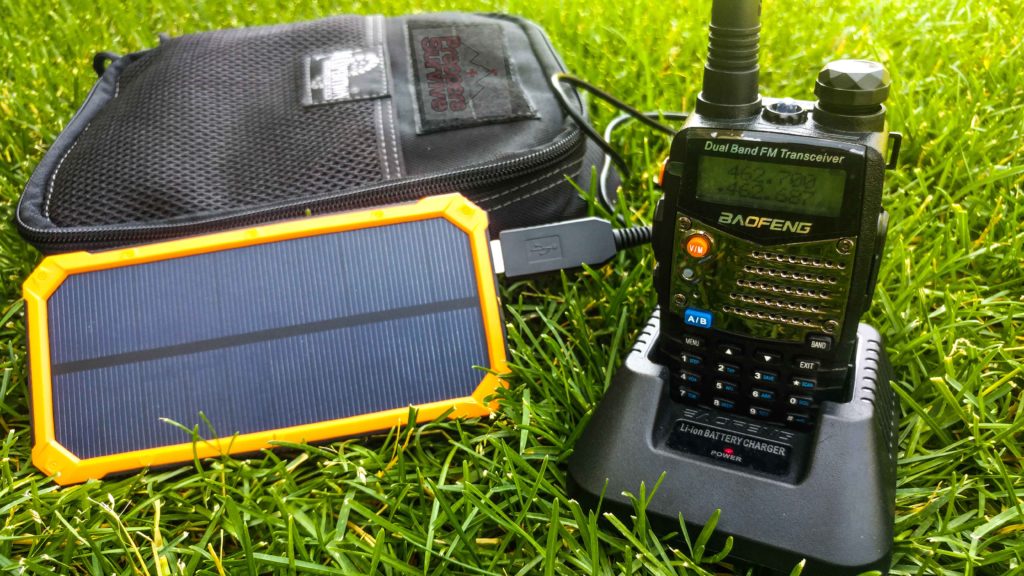
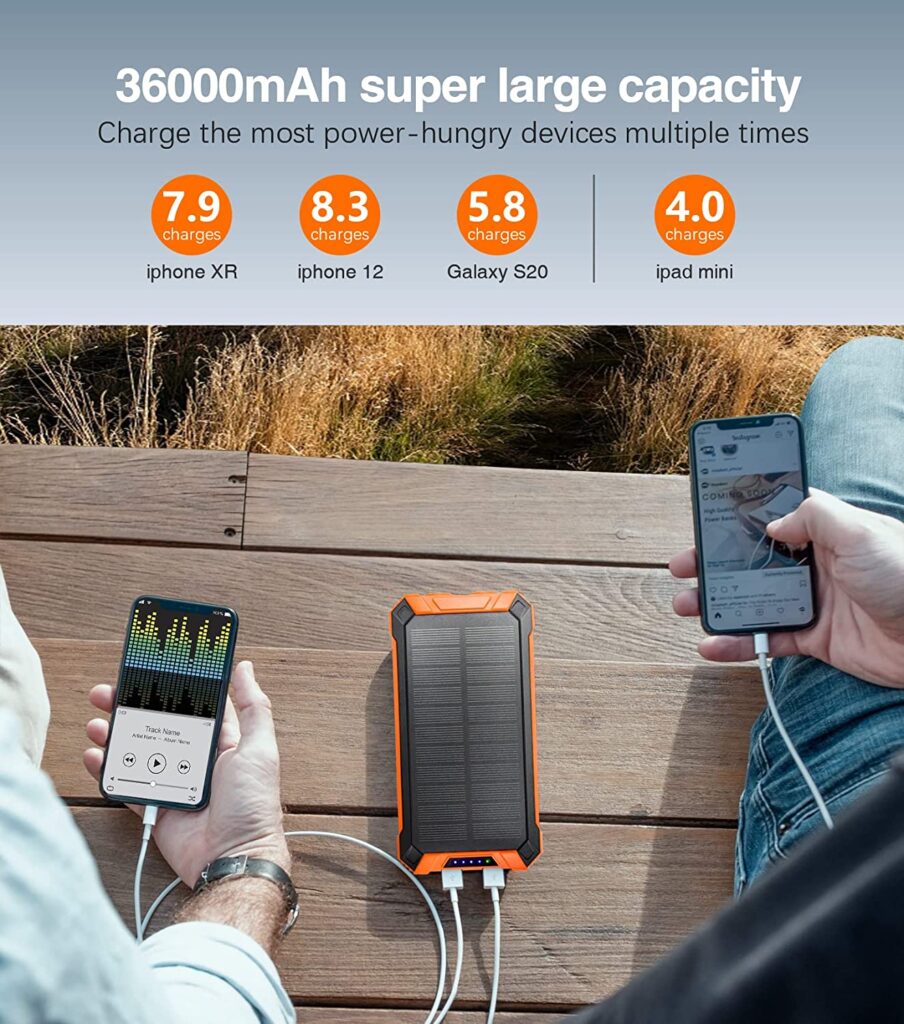
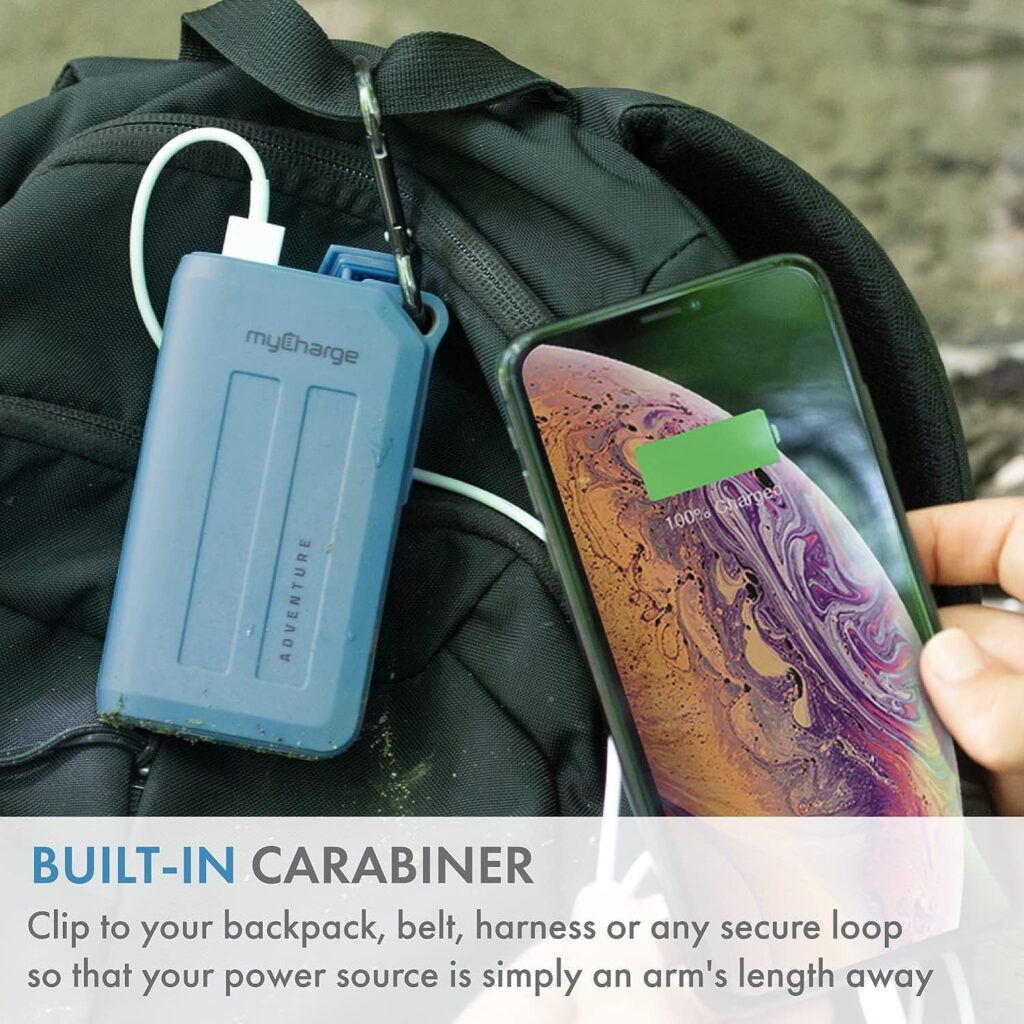
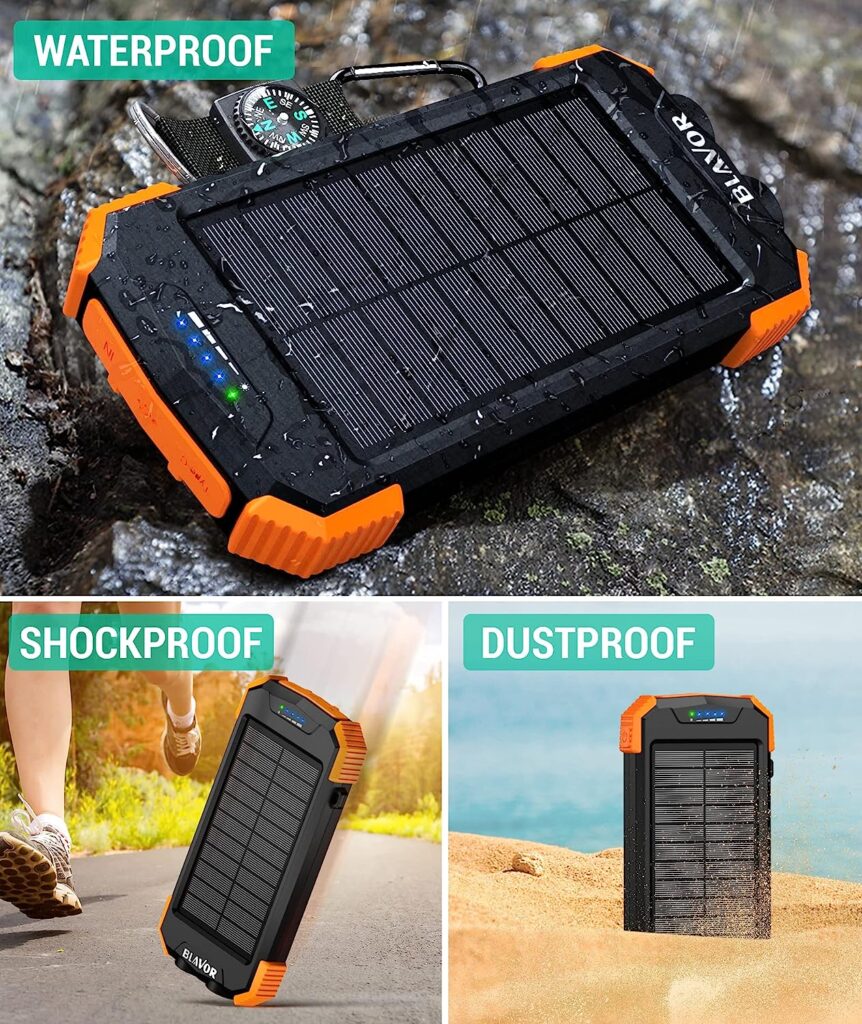
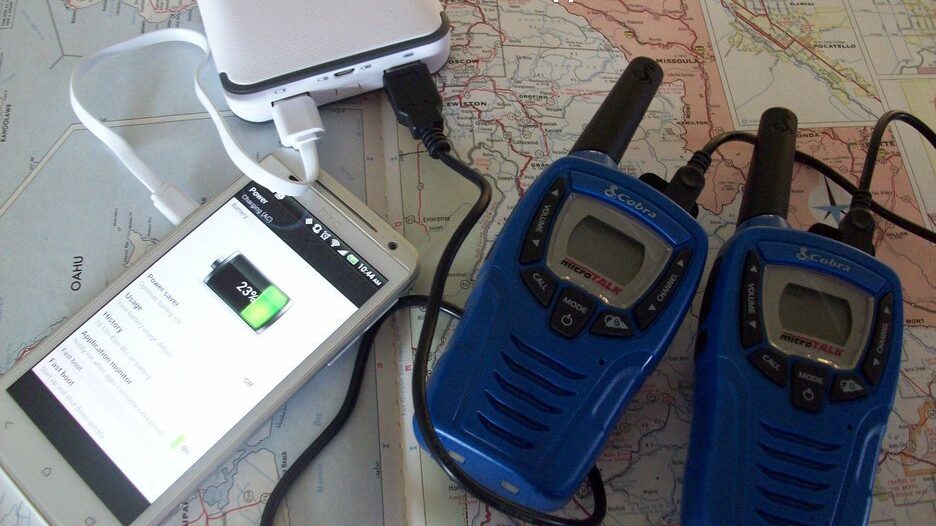
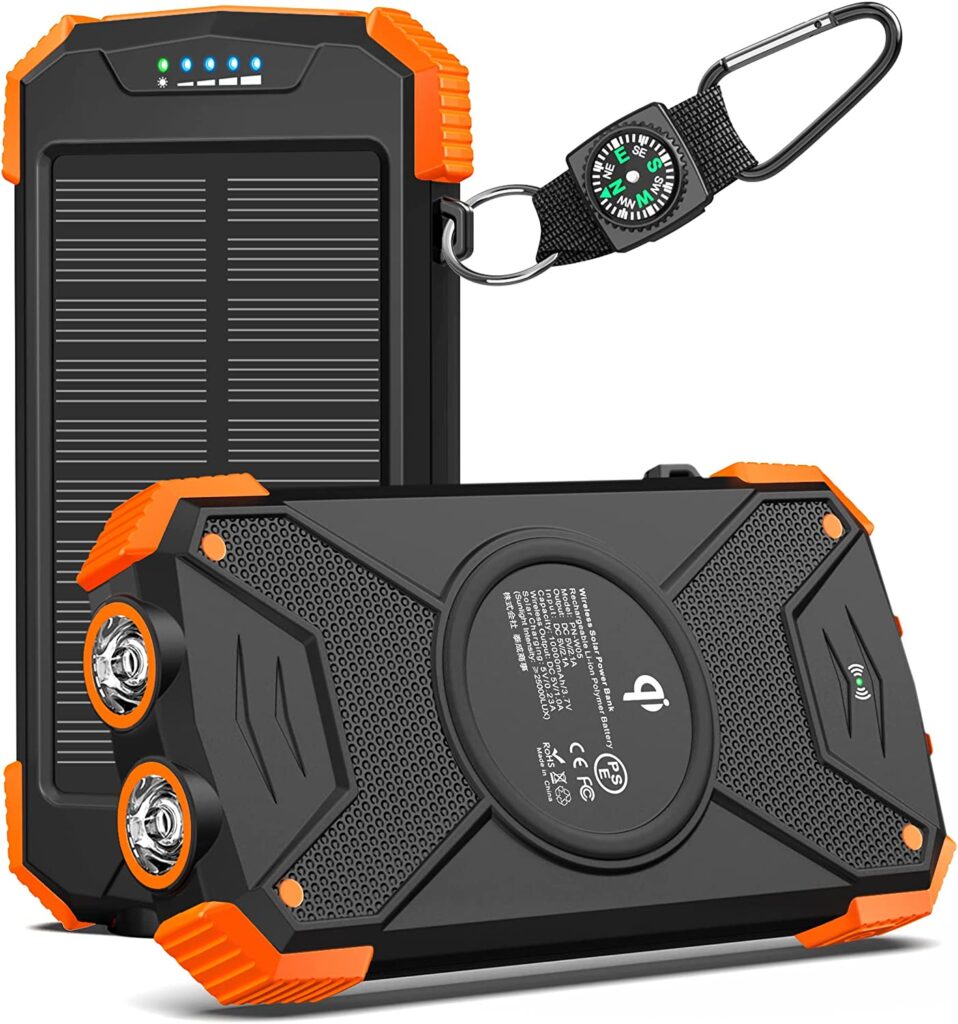
Leave a Reply